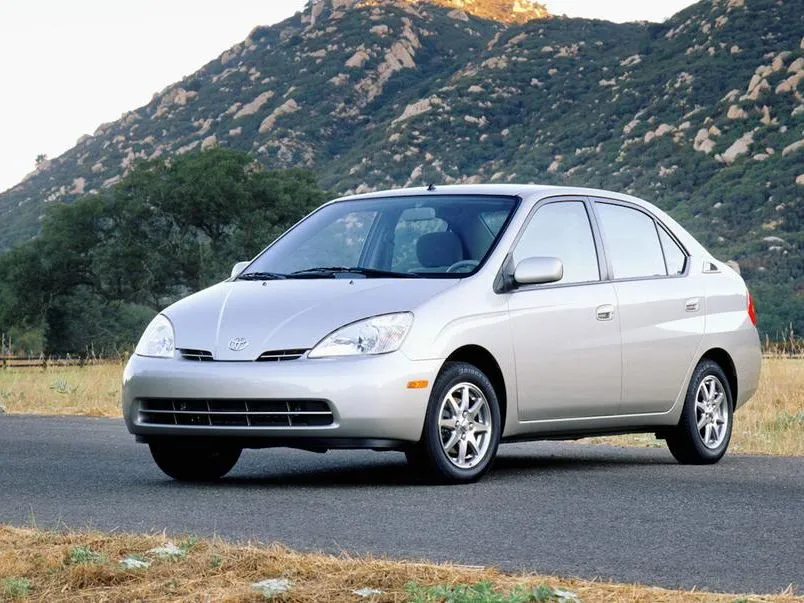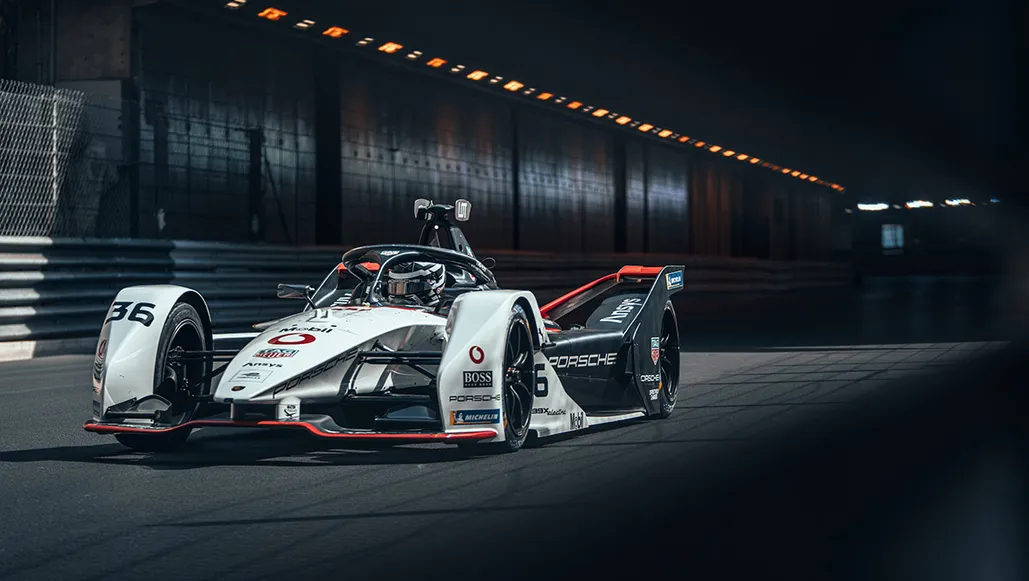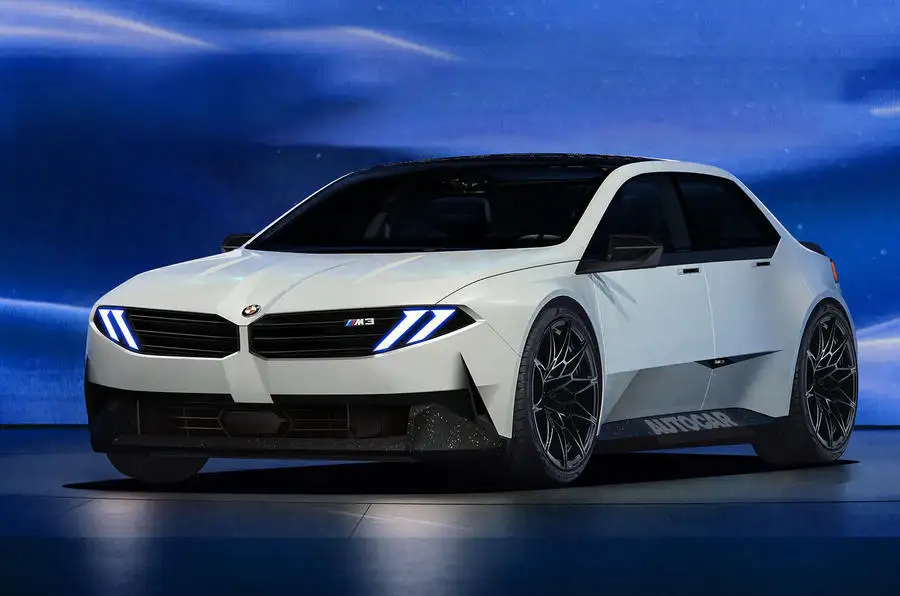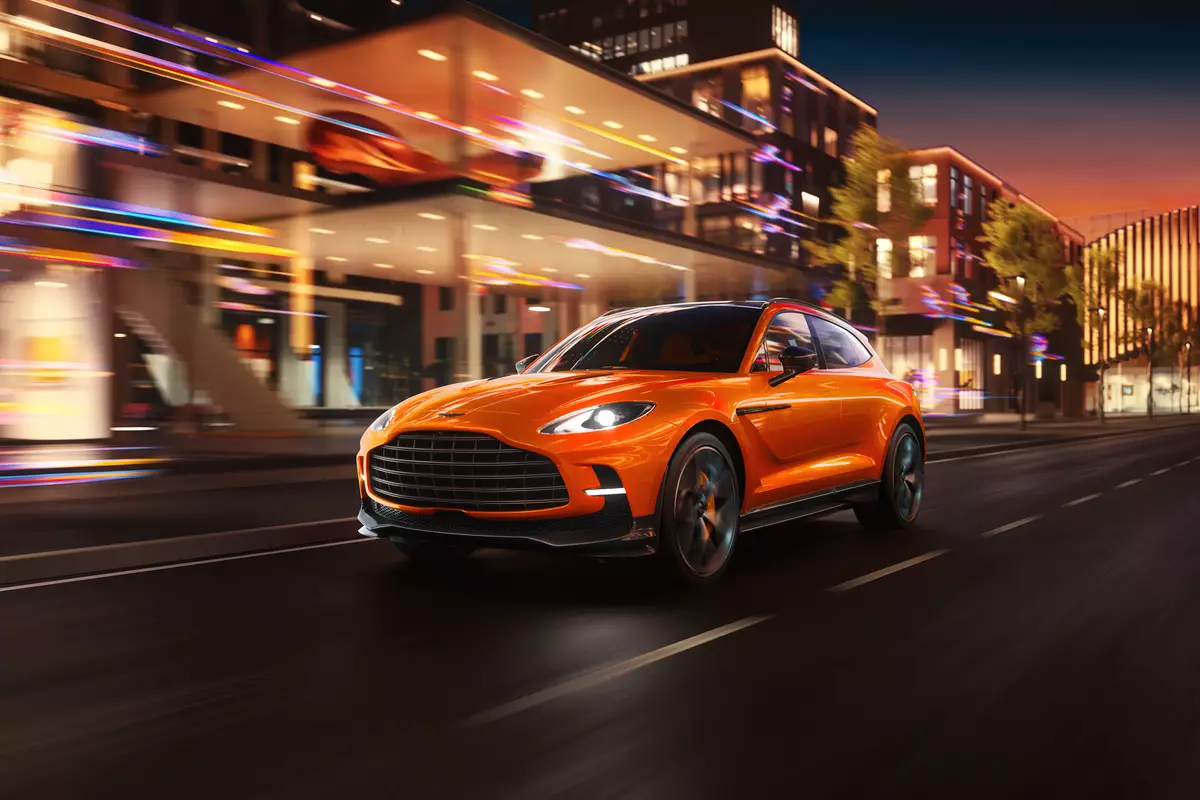Although there is a lengthy history of hybrids dating back to a Porsche in 1901, the Prius is the vehicle that has survived and prospered.
If you ask someone at random to name a hybrid vehicle, the most likely response will be "Prius." The most well-known hybrid-electric car is the Toyota Prius, of which Toyota has sold around 6 million over the course of the last 25 years, along with another 14 million or more hybrid versions of other types.
However, Toyota wasn't the first to come up with the concept of a car that combines an electric drivetrain with a gasoline engine. Vehicles using both kinds of power were available from manufacturers like Owen Magnetic in the first 20 years of the 20th century. Significantly, the Loehner-Porsche "Mixte" of 1901, a hybrid created by a teenage Ferdinand Porsche, was the very first car to bear the Porsche name. Until Porsche began selling hybrids, the answer to a trivial question about cars remained cryptic. Its notoriety skyrocketed at that moment since Porsche's marketing portrayed it as the 2010 Cayenne S Hybrid's predecessor.
These early vehicles were almost all series hybrids, which meant the engine did nothing except generate energy to power motors that rotated the wheels. (This concept was recently revived with the Ram 1500 Ramcharger, a battery-electric truck that can go more than 100 miles on a single charge thanks to a 3.6-liter V-6 "generator" (sometimes called an engine) beneath the hood.) However, early hybrids were exceedingly heavy and complicated due to the addition of electric motors, batteries, relay banks for speed regulation, and a plethora of other components. Only gasoline prevailed.
Let's Get Inside The Prius
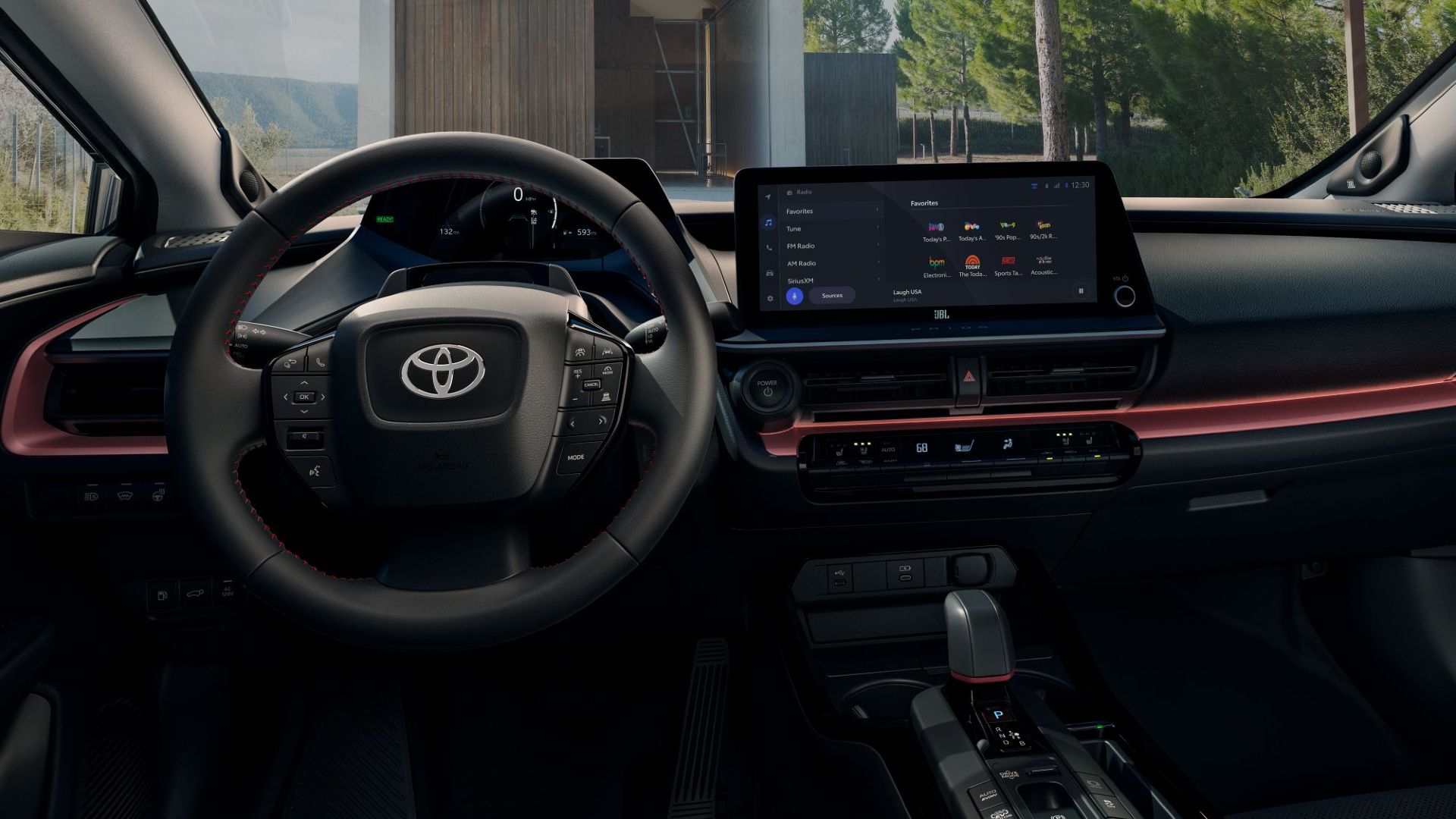
In the early 1990s, Toyota engineers were given the task of creating a four-seat vehicle that was both practical and would need half the fuel of similar vehicles in the lineup for daily usage. It was a significant task for a business that was thought to be exceptional in production technology and quality but not very innovative. Furthermore, Toyota had periods of "production hell," as the CEO of Tesla famously coined the term.
In 1997, the Prius went into production and was solely available in Japan. It was a four-door subcompact sedan, but it had the best fuel efficiency anyone had ever seen, especially in Japan where cars are often driven at modest speeds. I've operated a Japanese original, and while it was very quiet and extremely sluggish, the changes between different power modes weren't always seamless. In 2000, an updated version was released in North America.
For a while, the Prius's gearbox was replaced with a planetary gearset and two electric motors, a system known as Hybrid Synergy Drive. Under different conditions, the engine, one or both motors provided power, and—most importantly—one motor served as a generator to recover otherwise lost braking energy while the vehicle was slowing down. This recovered energy was stored in a 1.3 kWh nickel-metal-hydride battery pack, which allowed the Prius to run entirely on electricity for up to one mile at moderate speeds.
The second-generation Prius, which debuted in 2004, was the vehicle that really made the model popular. The five-door hatchback, which had been enlarged to a compact size, was incredibly aerodynamic for its time. It also debuted in the United States during a period of drastically rising gas prices, which made its EPA ratings of 40 mpg or more all the more impressive. With the most technologically advanced engine available, it became a prestige symbol among Silicon Valley tycoons and tech-savvy consumers. It remained there until 2012, when the Tesla Model S began to take its place.
The 2010 third generation of Prius was essentially a continuation of the second generation, while the 2016 fourth generation's style was widely regarded as... well, let's say divisive. From one extreme to the other, the fifth generation, which will go on sale in 2023, will look considerably better while maintaining the same fuel efficiency. It will also come with a Prime plug-in hybrid option, which will have an electric range of 39 to 44 miles.
Ford's Crossover And Honda's Minimalism
A few months ahead of the Prius, in 1999, Honda, another Japanese automaker, introduced the Insight to the American market, beating Toyota to the punch in the hybrid race. However, the Insight was a small, two-seat hatchback with excellent aerodynamics. Its 1.0-liter three-cylinder engine and 13-hp electric motor were connected to the gearbox using the Integrated Motor Assist (IMA) technology. The automobile was not able to be powered solely by electricity, even with the motor providing additional boost and regenerating braking energy.
Over the course of the 2000s, Honda improved this technology, utilizing it in the well-selling Civic Hybrid and later in the second-generation, five-door hatchback Insight. Throughout the course of the two vehicles' lives, the third-generation Prius outsold the smaller Insight, which debuted in the same year. Though it's a totally different setup, Honda shifted their hybrid efforts to a two-motor system that may give electric-only power, similar to the Toyota system.
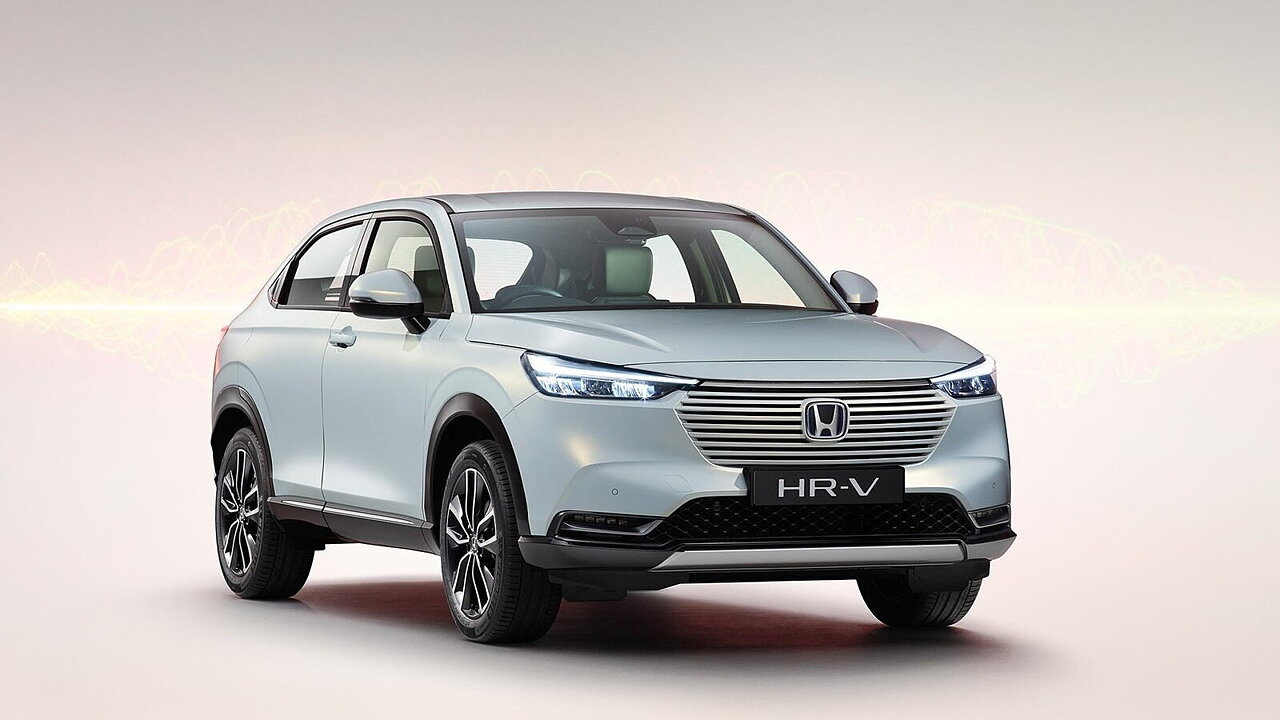
In the meanwhile, the Ford Motor Company introduced a hybrid version of their tiny crossover utility vehicle, the Escape, in 2005 when Bill Ford was still the company's CEO. Although Ford claimed that their technology had been created separately, it was comparable to Toyota's. (An agreement that one business would license certain technology to the other ultimately settled a patent dispute between the two.)
By 2005, the market had become more and more dependent on an SUV with optional all-wheel drive, which Ford's Escape Hybrid provided. Half of the Escape Hybrid's eight-year manufacturing lifespan was sold with mechanical all-wheel drive, which helped it become quite popular in areas with cold climates. With an AWD hybrid, Ford outperformed Toyota by a year; the Highlander Hybrid debuted in 2006.
Regarding the other two Detroit manufacturers, GM had dabbled in hybrid technology in the late 1960s, but it only developed its XP-993 idea and concentrated on its abandoned Wankel rotary engine. It didn't create a Two-Mode Hybrid system for its full-size pickup trucks and SUVs until the early 2000s. The system, which was scaled down from one designed for transit buses, had two electric motors, two or three planetary gearsets, multiple clutches, and a large 2.4-kWh nickel-metal-hydride battery pack. It was both incredibly complex and incredibly expensive; an insider told me that the cost of its components was approximately $10,000 to GM. It significantly increased fuel efficiency, going from 14 to 20 mpg overall, which was considerably more fuel-efficient than a Prius replacing a Corolla. However, "20 mpg" didn't seem all that amazing because a Prius could achieve over 2.5 times that amount. There were just 30,000 Two-Mode Hybrids available among five distinct Chevy, GMC, and Cadillac models.
Only a small number of the Dodge Durango and Chrysler Aspen Hybrids were produced before manufacture of those two cars was halted as the firm slid toward bankruptcy. Chrysler also employed a variation of the technology in both cars. Additionally, Mercedes-Benz and BMW created their own versions of the two-mode hybrid, which was only utilized in the Mercedes-Benz M-Class and BMW X6 for a few years until the collaboration came to an end.
Read Also: Maintain The Bugatti Tourbillon's Unique Gauge Cluster
Connecting a Plug
However, GM's development efforts on the Two-Mode helped shape the plug-in hybrid Chevrolet Volt, which made its debut in 2011. Although most consumers still don't understand plug-in hybrids (PHEVs) and find them difficult to explain, owners of the small, five-door Volt hatchback throughout the course of two generations adored it till 2019. In an unproven gamble, GM decided to discontinue the Volt in order to focus on the development of battery-electric cars.
Several plug-in hybrids, like as the RAV4 Prime and the three generations of PHEV Priuses, are descended from conventional hybrid cars. Since 2016, Chrysler (now Stellantis) has been selling plug-in hybrid vehicles (the Pacifica). Additionally, 4xe PHEV versions of all Jeep models are being released, beginning with the Wrangler three years ago.
Although Hyundai-Kia has also introduced hybrids across a number of its product lines, it does so with a single e-motor situated between the engine and transmission—a somewhat more potent variation of the same setup Honda employed for the IMA ten years prior. Although the company's first Sonata hybrid was difficult to drive in 2013, it has since improved with each iteration of its software, making them as enjoyable to drive as any hybrid system with a single motor. It has also modified its technology to operate as a plug-in hybrid.
A greater range of automobiles are now available with an increasing number of hybrid options. Although Toyota is still the market leader and best-volume seller, technology is now more of a powertrain choice than a specific kind of car. The majority of hybrid vehicles currently on the market can only be identified by their badges, and the times when hybrids were easily recognized on the road due to their separate model lines are essentially gone. There is only the Prius left.
